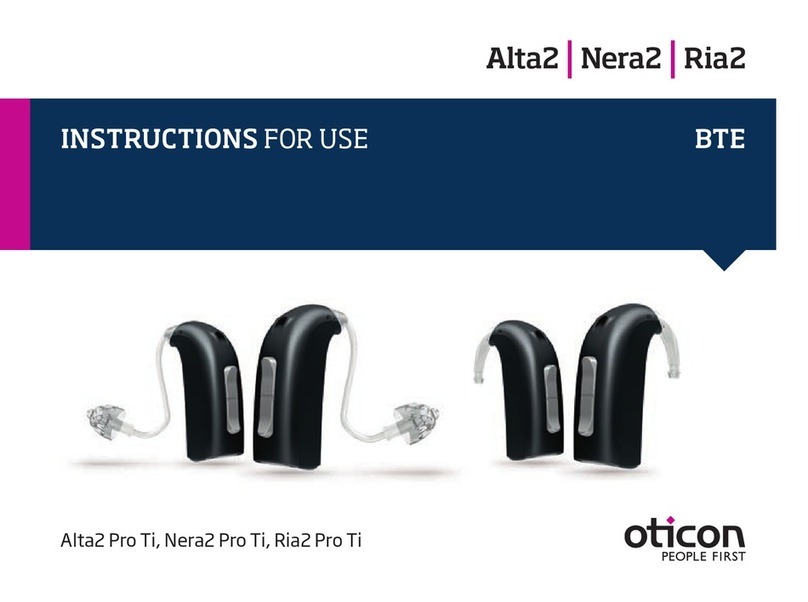Interton SR70 User manual
Other Interton Hearing Aid manuals
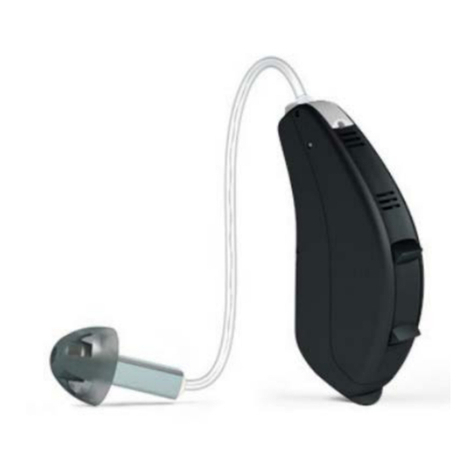
Interton
Interton ST660-DRW User manual
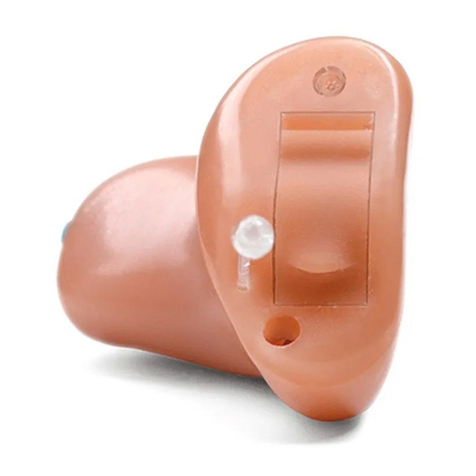
Interton
Interton CIC User manual

Interton
Interton C461-DRW User manual
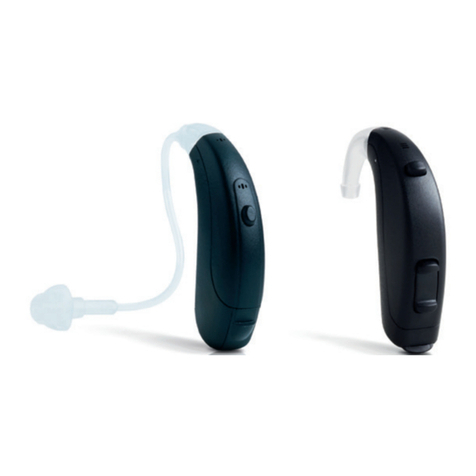
Interton
Interton Crisp User manual
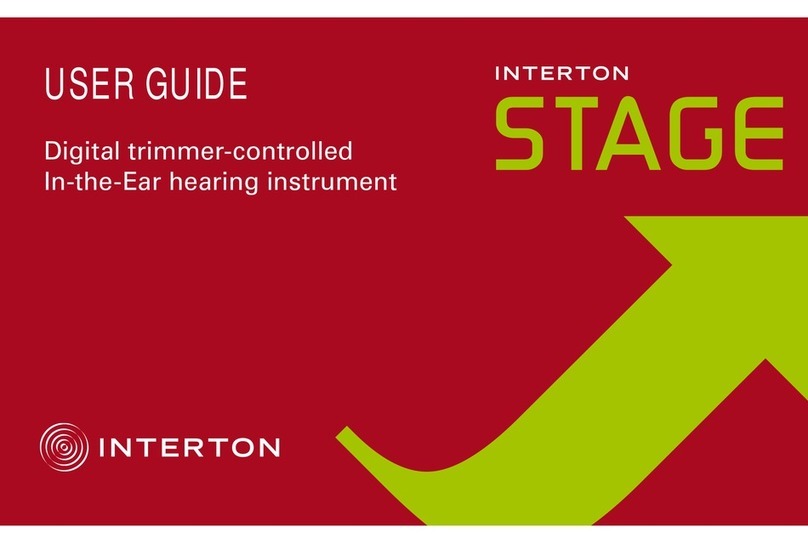
Interton
Interton Stage ITC User manual
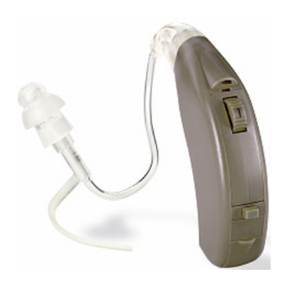
Interton
Interton SA70 Open User manual

Interton
Interton STAGE 73 BTE User manual

Interton
Interton SA70-D Open User manual

Interton
Interton APPRAISE 2 User manual

Interton
Interton ELIPSE EL90-VI User manual

Interton
Interton STAGE 93 SPBTE User manual

Interton
Interton Relay User manual
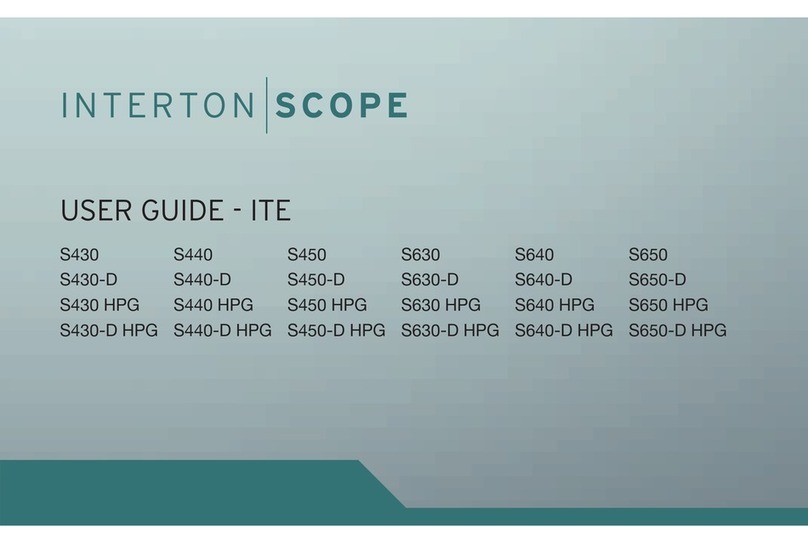
Interton
Interton Scope S430 User manual

Interton
Interton S465-D User manual

Interton
Interton RD6CIC-UP User manual
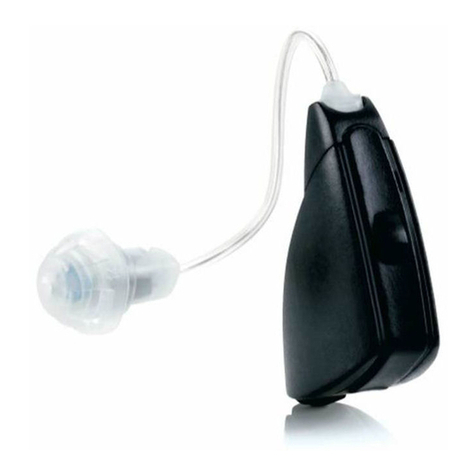
Interton
Interton Cosmo User manual

Interton
Interton Centro User manual
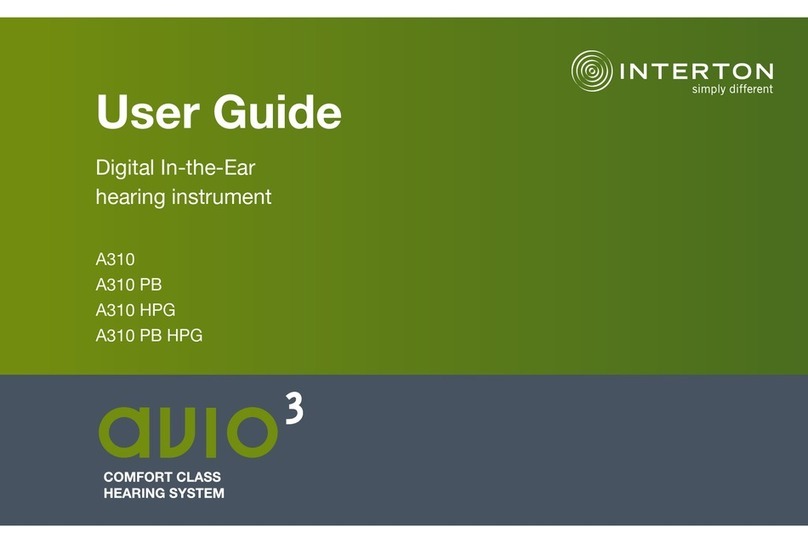
Interton
Interton Avio 3 A310 User manual
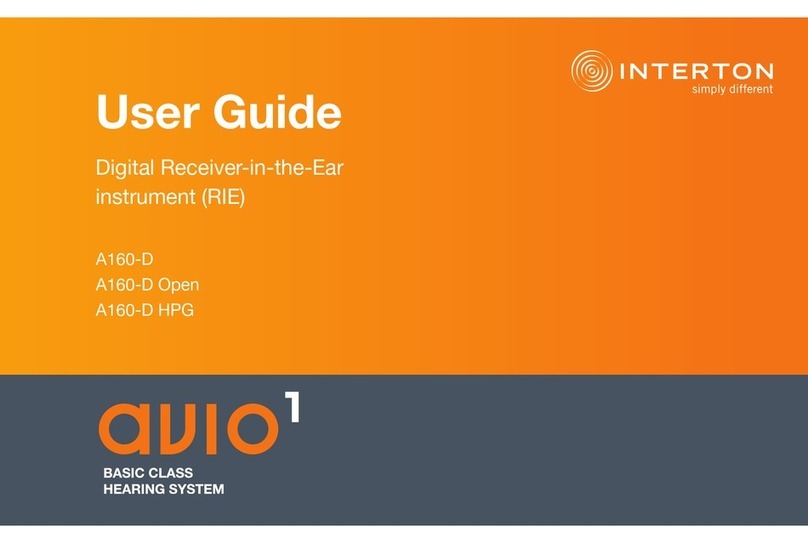
Interton
Interton A160-D User manual
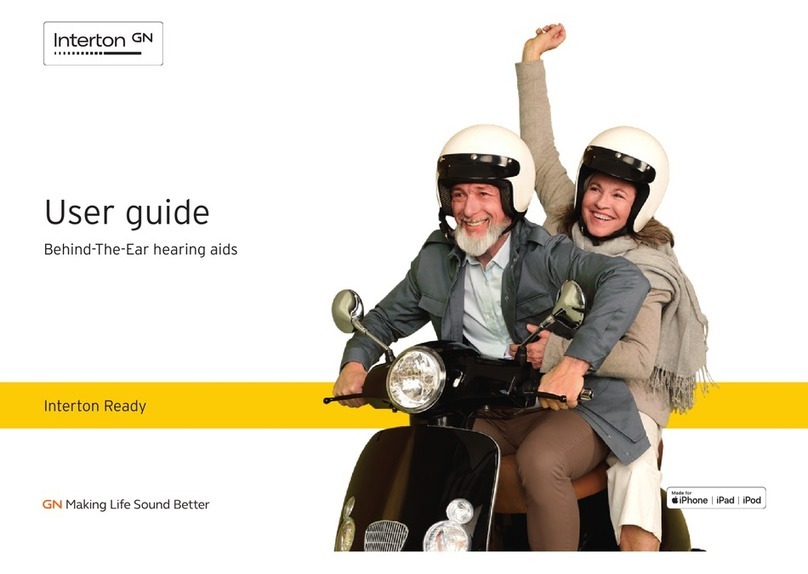
Interton
Interton BE70 User manual

